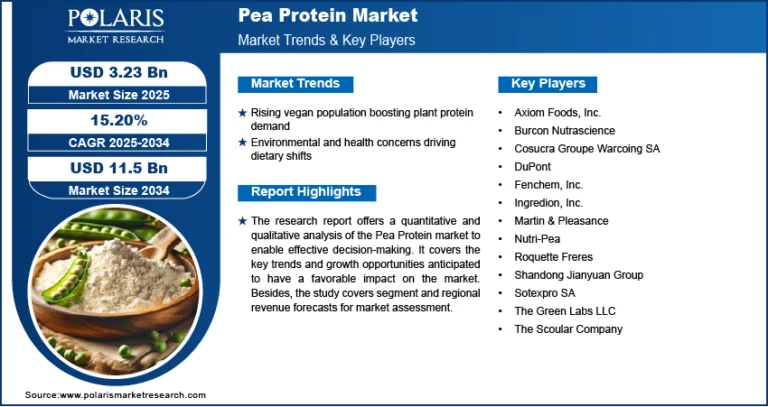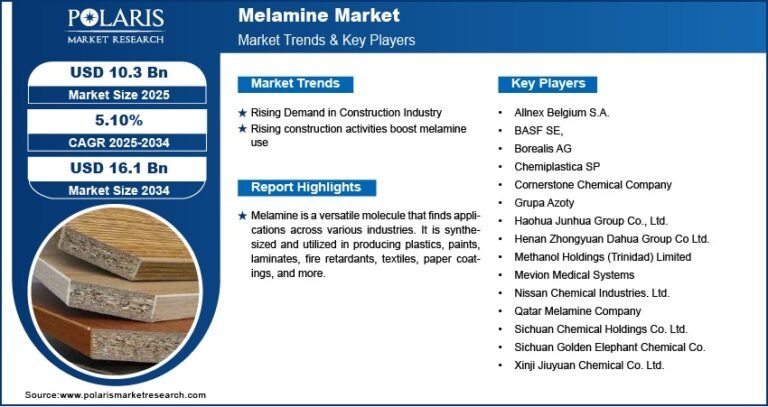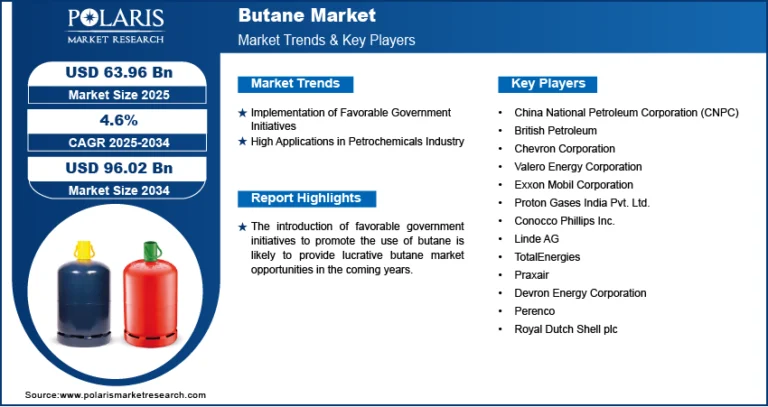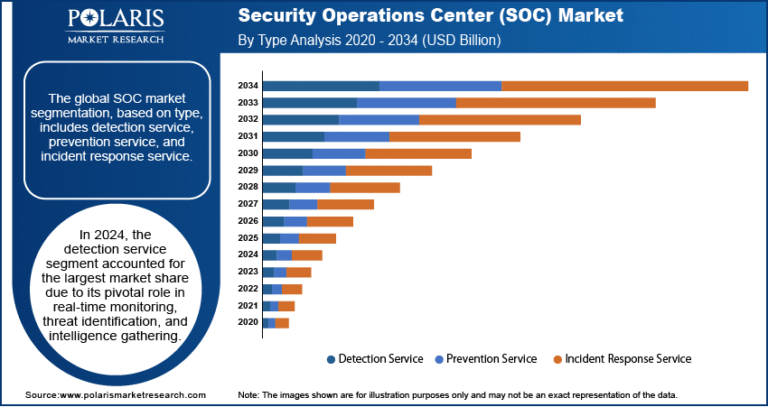Structural Steel Market Projected to Reach USD 275.6 Billion by 2034 | CAGR: 6.70%
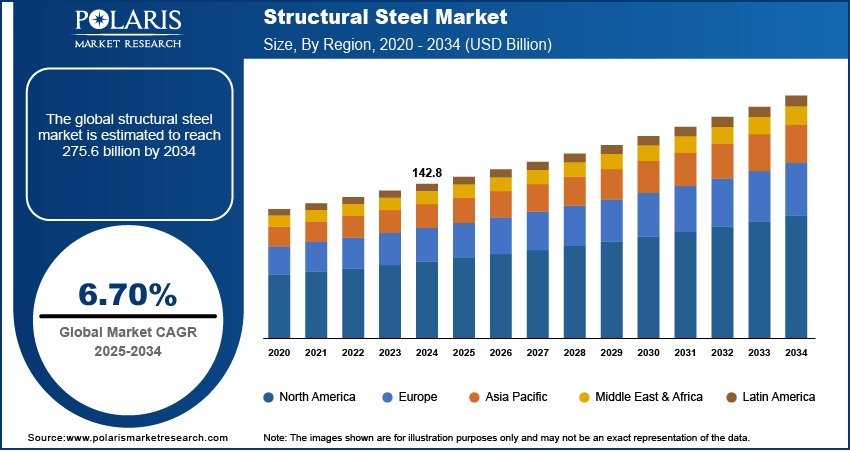
The global structural steel market was valued at USD 142.8 billion in 2024 and is expected to grow at a CAGR of 6.70% from 2025 to 2034. Market growth is driven by rising construction activity and expanding infrastructure projects. Additionally, innovations in construction technologies and engineering design are enhancing the efficiency and appeal of structural steel, further propelling market expansion.
Structural Steel Market – Market Trends
- Boom in Infrastructure Projects: Government spending on bridges, airports, and smart cities boosts structural steel demand.
- Sustainability & Recycling Focus: Structural steel is favored for its recyclability and alignment with green building codes.
- Prefabricated Steel Usage Grows: Increased use of prefabricated and modular steel components in commercial construction.
- Fluctuating Raw Material Prices: Market volatility in iron ore and energy costs directly impacts steel pricing and supply chains.
Market Size & Forecast
Market Size Value in 2025 USD – 152.37 billion
Revenue Forecast in 2034 USD – 275.6 billion
CAGR – 6.70% from 2025 to 2034
Request for Free Sample:
https://www.polarismarketresearch.com/industry-analysis/structural-steel-market/request-for-sample
Industry Overview:
The structural steel market plays a crucial role in the global construction and infrastructure sectors, providing durable, strong, and versatile materials for buildings, bridges, industrial plants, and transportation systems. Structural steel includes beams, columns, channels, and other components designed to bear loads and withstand environmental stresses. It is widely used across residential, commercial, and industrial construction due to its high strength-to-weight ratio, recyclability, and ease of fabrication. The industry involves steel producers, fabricators, distributors, and end-users such as construction firms and government agencies. With rapid urbanization, increasing investments in infrastructure development, and growing demand for sustainable building materials, the structural steel market continues to expand globally, supported by technological advancements in production and design.
Key Market Drivers & Barriers:
A primary driver of the structural steel market is the surge in infrastructure and real estate development, particularly in emerging economies where industrialization and urban expansion are accelerating. Government initiatives aimed at improving transportation networks, housing, and industrial facilities further boost demand. Additionally, the material’s sustainability profile—due to its recyclability and energy-efficient manufacturing processes—is enhancing its appeal amid growing environmental concerns. However, the market faces challenges such as fluctuating raw material prices, trade restrictions, and tariffs that impact production costs. Supply chain disruptions, labor shortages, and regulatory compliance regarding emissions and safety standards also hinder growth. Moreover, economic slowdowns or policy uncertainties can lead to project delays and reduced investment in construction activities.
Market Opportunity:
The structural steel market offers significant opportunities through the rising adoption of prefabricated and modular construction techniques, which enhance efficiency and reduce on-site labor requirements. Green building certifications and the push for sustainable construction practices are driving demand for recycled and low-carbon steel solutions. Expansion into emerging markets in Asia-Pacific, Africa, and Latin America presents untapped potential due to growing populations, increasing urbanization rates, and infrastructure modernization programs. Innovations in high-performance steel grades, digital design tools, and automation in fabrication can further improve product value and application scope. As governments and private players continue to invest in smart cities, renewable energy infrastructure, and resilient public works, the structural steel market is well-positioned for sustained growth across both traditional and evolving construction landscapes.

